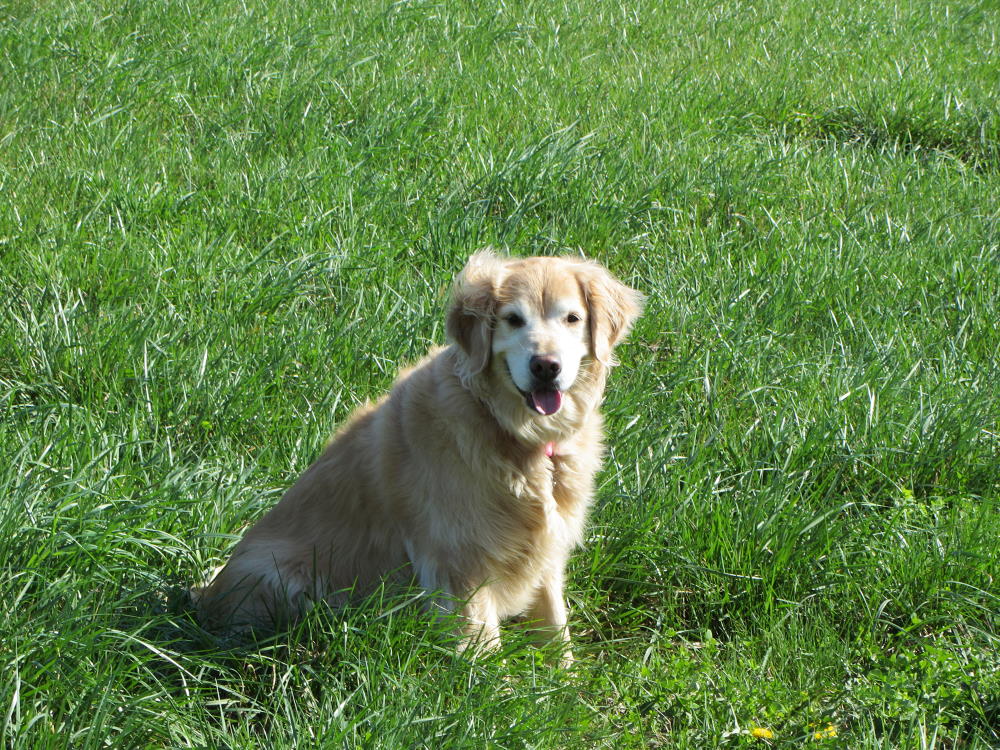
E-Collar Wear Time: How Long is Too Long for Your Dog?
October 6, 2017 Category: News, Trainer Tips
When people start training their dog, they often have questions about how long the training process will take. It is a difficult question to answer because how long will depend on a variety of variables. There simply is not a one size fits all answer.
What is an E-Collar?
An e-collar, also known as a remote collar or shock collar, is a type of dog training tool that works by delivering an electric shock to the dog's neck via remote control. This collar is typically used in obedience training or for correcting behavioral issues, such as excessive barking or aggression. When the remote control is activated, the collar delivers a mild electric shock to the dog, which is meant to be a corrective stimulus to discourage unwanted behavior. Some e-collars also come with audible or vibration settings that can be used as alternatives to electric shock. While e-collars can be effective training tools, they should always be used with caution and under the guidance of a professional dog trainer to ensure they are used properly and safely.
How Long Can a Dog Wear a Shock Collar
The use of remote training collars on dogs is a controversial topic and can be harmful if not used correctly. The length of time a dog can wear a shock training collar depends on several factors, including the individual dog, the type of collar, and the purpose of the training. Generally, e-collars should only be used for short periods, typically no more than 12 hours per day. Pet owners should consult with a professional dog trainer and carefully follow the manufacturer's instructions when using a remote training collar. Additionally, the e-collar should be removed at night and during periods of rest to avoid causing discomfort or injury to the dog.
When it comes to the question of “How long will my dog have to wear the e-collar?”, there isn’t a formula solution for that either. Some dogs will be reliable without the collar far sooner than others and how quickly you can trust your “naked” dog depends on several factors.
Before we dig into those details, let me state that there is no reason to put your dog in an unsafe situation. Why limit your ability to have control by not having the collar on whenever you feel you might need it? It is certainly important that you don’t create a dependency on the e-collar, but even after your dog is trained, it is fine to have it on and accessible as a backup. Using the e-collar as an invisible leash if you are going to run the dog in an unconfined area or subject him to an environment filled with high distractions is simply a smart way to help insure safety and peace of mind.
In my opinion, the more important factors are learning to use the tool properly and teaching the dog how to respond to e-collar pressure so you can avoid any undue stress. Here are the three key points that will help you understand how long your dog needs to wear an e-collar.
Establish Your Long-Term Goals
If you are looking to have a dog that performs at a high level on a competition field, or reliably in the field, you can expect the training to take considerably longer than someone whose desire is to have a pet that listens around the house and yard under normal, everyday circumstances.
Running your dog off-leash in open areas is a different experience than calling your dog in from the backyard.
The less distraction that is present and the more familiar the environment, the easier it is to gain and maintain a dog's attention. Most dogs are quick to listen when there aren’t other options competing for their attention. But when levels of distraction go up, so does the likelihood of the dog ignoring you in favor of paying attention to the more exciting options. Working to gain a high level of control around high levels of distraction is going to take some work.
Understand How Much Time You Can Invest in Training
Reliability is significantly impacted by how much effort you are (or aren’t) putting into the training. You have to put in the time to teach your dog what you want and how to respond properly to your expectations. You also have to be consistent about those expectations.
The adage “Never give a command you can’t enforce" has been around for a long time because it is absolutely true. If your follow-through is iffy, based on your mood, your energy level, or the tools you have in your hand… your dog’s reliability will be iffy as well.
Define Your Dog’s Starting Point
It is also important to take into account the dog's breed, individual temperament, and age. There are breeds that will be more challenging to gain off-leash reliability with. Many of the Nordic and Hound breeds have a higher propensity to roam. Those in the Terrier and Herding groups generally have an increased desire to chase prey. The training has to be diligent if you expect trustworthiness in the great wide-open sans wearing an e-collar. If you start the training young, you are also in a better position to gain reliability rather than starting with an older dog that may have established bad habits. Dogs that have a history of problem behaviors have had plenty of practice time doing the wrong thing, so you can expect it to take time to build new and improved habits.
Conclusion
The timeframe it takes to develop a trustworthy and dependable dog isn’t something anyone can provide you with an absolute number of hours about. However, I feel confident telling most dog owners that within six to twelve months of training (assuming you are being consistent), you should have good reliability and not feel compelled to have your dog wear the e-collar in your normal everyday circumstances. Plus, unless you plan to walk onto a competition field where regulations will govern your choices, there is no rule that you can’t have the e-collar on your dog if you feel it will provide extra security and peace of mind.







